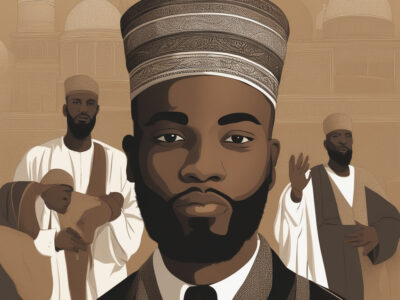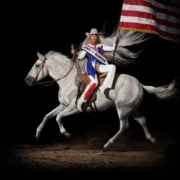Generation Black TV - Live
--- Main Blog Content Below ---
African American hairstyles are a form of cultural expression; as such, they evolve as time progresses. Here’s a timeline of popular African American hairstyles in the U.S. since the ’40s:
The Conk – 1940s-1960s
The “conk” was a popular style among African American men during this period, which involved using a strong chemical relaxer to straighten the hair.
The Afro – 1960s-1970s:
The “Afro” symbolized black pride and political activism during the Civil Rights Movement. This style involved letting the natural curls and coils grow into a full and rounded shape.
The Afro hairstyle was seen as a way to reject Eurocentric beauty standards and embrace a unique, African-inspired aesthetic.
At the time, many African Americans were rejecting the use of relaxers and other chemical treatments that straightened their hair, instead letting their natural curls and coils grow into a full and rounded shape. This was seen as a political statement and a way to embrace their African heritage and cultural identity.
In addition to being a symbol of pride, the Afro was also a practical choice for many African Americans who were participating in the Civil Rights Movement. With their Afro hairstyles, they could easily spot one another in a crowd, which was useful for organizing protests and demonstrations.
Overall, the Afro hairstyle continues to be a cultural touchstone for African Americans today.
The Jheri Curl – 1980s-1990s
The “Jheri curl” was a popular hairstyle during this period, which involved using a perm solution to create loose, defined curls.
In the 1980s, the Jheri curl was seen as a symbol of Black pride and a rejection of mainstream beauty standards that emphasized straight hair.
Black women who sported the Jheri curl often styled it in unique and creative ways, including wearing it long and loose, or in up-dos, braids, and other styles that showcased their individuality.
The Cornrow 1980s-2000s
The “Cornrow” braids became a popular style during this time, which involved braiding the hair close to the scalp in a variety of patterns and designs.
They have been traditionally used as a way to keep hair neat, tidy, and out of the way, as well as to express cultural identity.
The Fade – 1990s-2000s:
The “Fade” haircut was popular among African American men, which involved a gradual reduction in hair length from the top of the head to the nape of the neck.
Natural Hair – 2000s-Present
The “Natural” movement, which promotes embracing one’s natural hair texture, has gained popularity recently, with styles such as twist-outs, wash-and-gos, and bantu knots becoming popular.
These hairstyles have not only been a form of self-expression and cultural identity for African Americans, but they have also played a significant role in shaping beauty standards and fashion trends.












